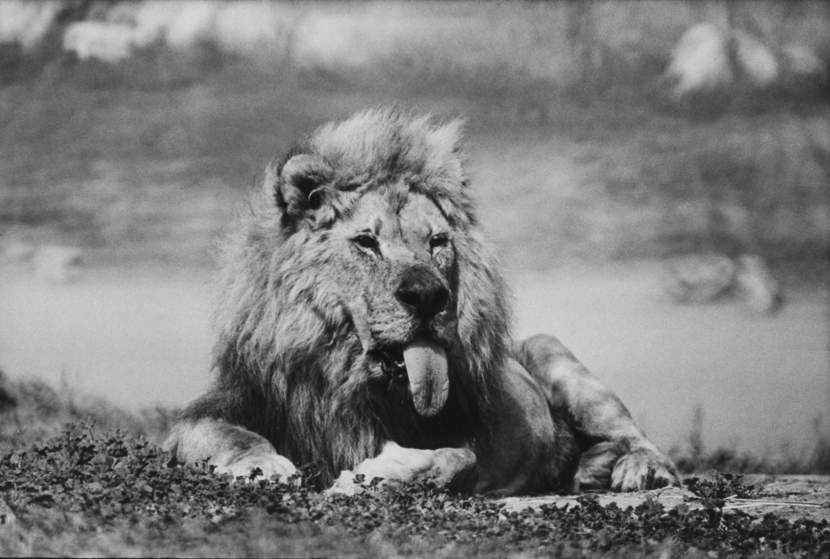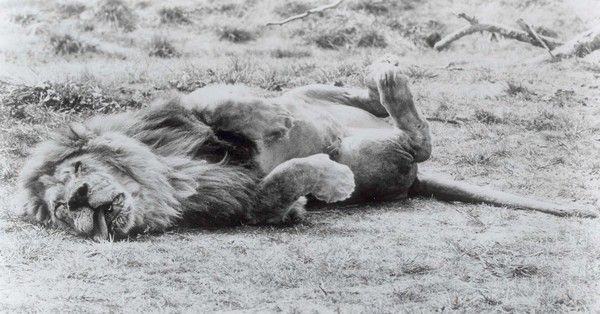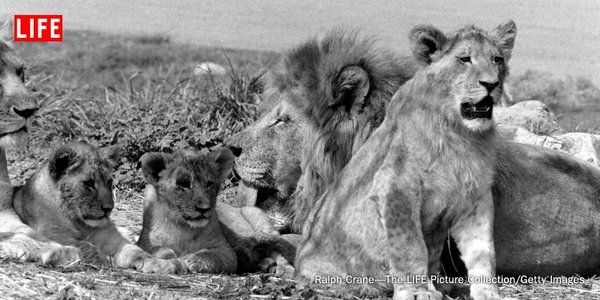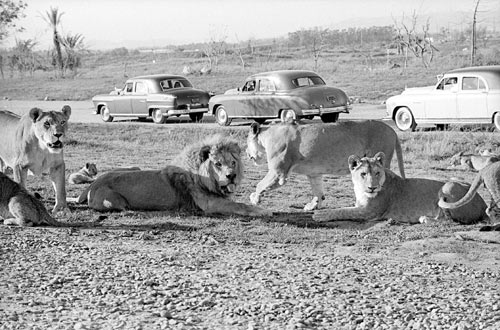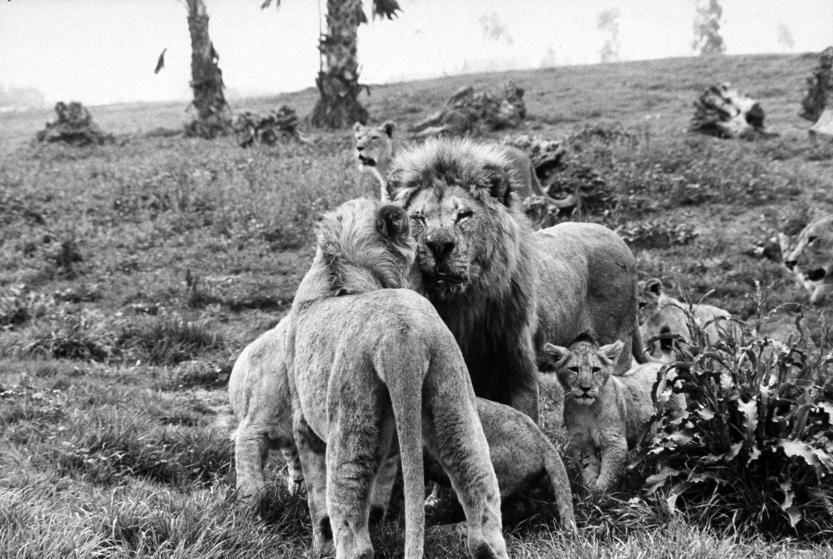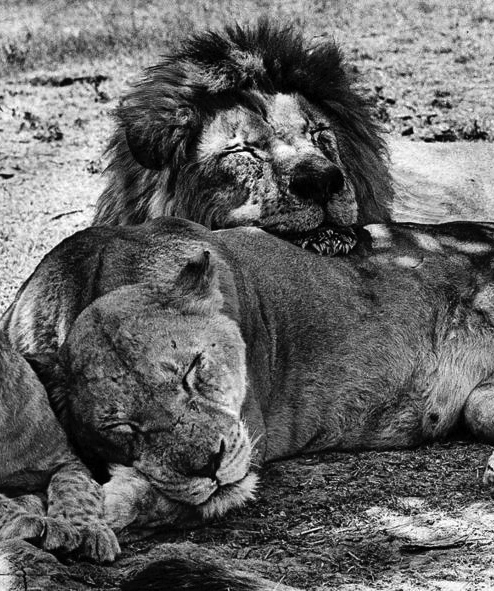Primarily excerpted from: “Lionizing Frasier” by Steve Harvey
“In the early 1970s, a quarter of a century before the dawn of Viagra, old men all over the world found hope in the prowess of an aging Lothario named Frasier, an old lion who had come to live at Lion Country Safari in Laguna Hills, CA.”
“Not that the unimposing beast looked like a sex symbol.
He “hobbled about on weakened legs, his once-lustrous coat was scruffy and his tongue sagged from a toothless mouth,” The Times reported.
When Lion Country bought him from a bankrupt Mexican circus in 1970, he was believed to be 18, equivalent to about 80 human years.
Lion Country, then one of a chain of drive-through animal preserves, put the underweight cat on a special diet, and he gained 100 pounds.”
“Around the same time, the park was having trouble finding a suitable male companion “for a pride of half a dozen healthy females,” The Times said.
The lionesses had previously been introduced to five strong young males but “rejected each one, often using physical violence.”
So, as “a sort of joke,” Frasier was allowed to make their acquaintance.”
“They were all in for a big surprise because the ladies LOVED him. By “the very next morning,” The Times’ Gordon Grant reported with admirable restraint, “it was obvious that Frasier had the situation in hand.
“His wives were content.”
Having spent most of his life in a cage, Frasier was bleary eyed, toothless, and lame- yet the twelve lionesses found him irresistible, vied for his favor, and even chewed his food for him.”
“In the suburb, the mighty suburb, Frasier started fathering one cub after another: about 35 in all.
Life magazine called him “Simba the Sex Symbol.”
“Of course, seeing Frasier in the flesh wasn’t always exciting.
On one visit, Times columnist John Hall found Frasier “asleep on his back, his paws dangling in the sky…”
“A ranger in a Jeep tossed meat hunks. Frasier’s eyes popped open. He yawned and struggled to his feet… His favorite wives of the moment, walked on each side, holding him up…
“He leaned over for the meat and missed, his tongue lolling in the dirt six inches off target. He didn’t care. He went back to sleep.”
What was Frasier’s secret? “He was always seduced,” Kobrin said. “He was never the seducer.”
Teeshirts and hats and other memorabilia were sold with Frasier the Lion’s face on them and in the early 70’s you could see old men proudly walking around wearing teeshirts emblazoned with their hero, Frasier the Lion.
Death’s embrace was one that even Frasier could not evade, however. He died of pneumonia July 13, 1972.
“I feel he loved himself to death,” one veterinarian said.
Frasier was buried on Lion Country grounds under a 6-foot-tall wooden cross and given the funeral rites of the Scottish clan Fraser, which had adopted him as a mascot.
Members of the clan, dressed in kilts, dropped fistfuls of dirt on Frasier’s casket while bagpipes played.
The legend of Frasier the Sensuous Lion lives on in both human and lion hearts alike, and in the countless generations of baby lions he fathered so lovingly.
Primarily excerpted from “Lionizing Frasier” by Steve Harvey
